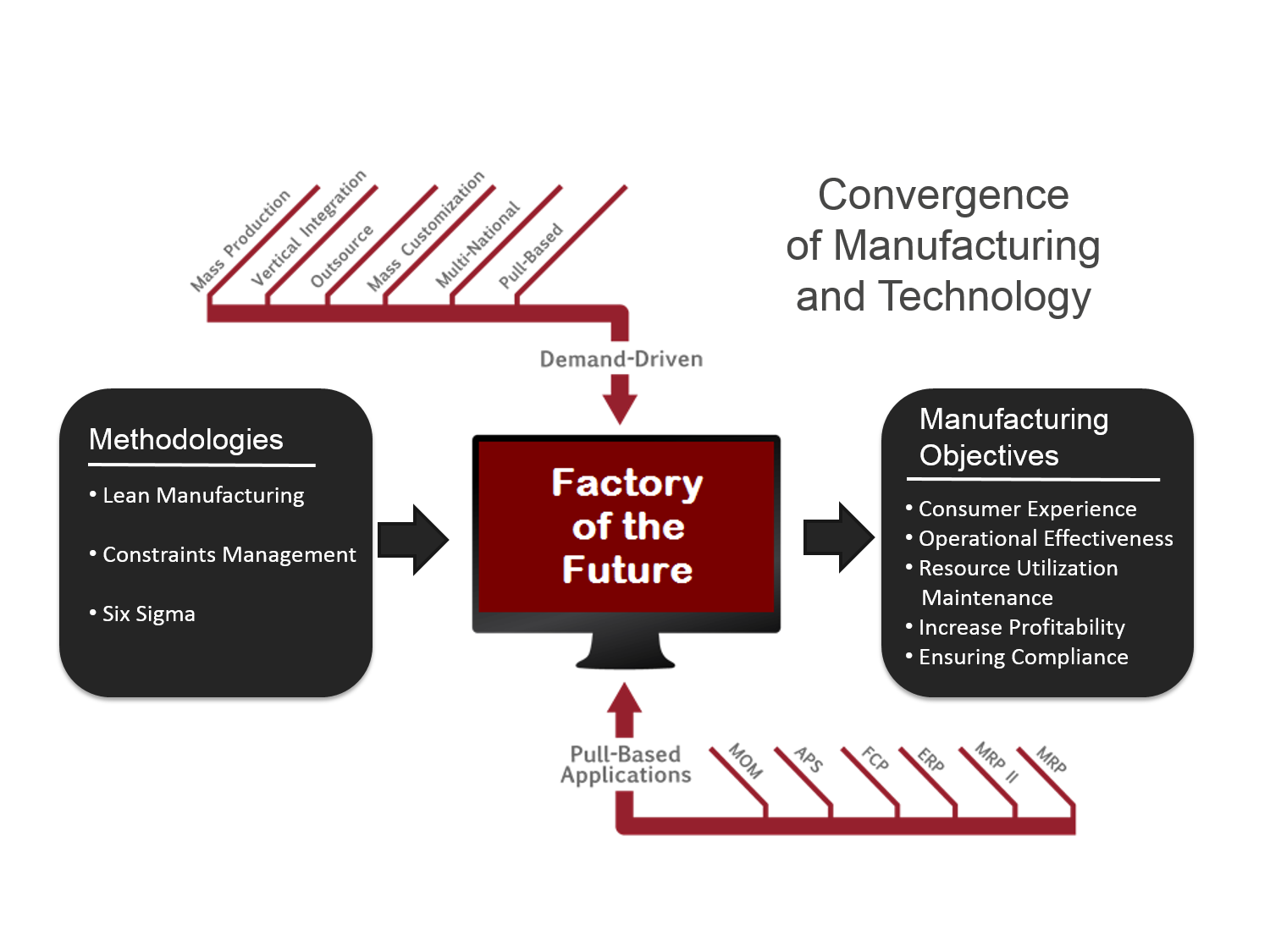Welcome to the Demand-Driven Matters blog. During our conversation in this space, I hope to bring you additional insights on demand-driven manufacturing and/or help in your quest to become a demand-driven, factory of the future. I call this blog a conversation for a reason—your input will enrich what we are trying to do here, which is provide ideas about how you can become more demand-driven, each and every day.
When I first began instituting demand-driven practices in the late 90s, we were into creating pull, eliminating waste, and getting on a path of continuous improvement. Technology at the time was seen as an inhibitor rather than an enabler. Most people active in Constraints Management and Lean Manufacturing were abandoning their technology and going to purely manual solutions. I always believed that technology was important to get the most out of the system and to make it scalable, however, in the late 90s, the lack of technologies that enabled pull made manual the only logical choice.
One of the more fascinating developments in demand-driven enablement has been the shift of demand-driven manufacturing back to technology as an enabler rather than an inhibitor. There is recognition today that technology has to play a significant role in eliminating waste and synchronizing operations and extended supply chains. Along with this trend, the creation of open ERP systems that are easily integrated with service-oriented architecture allows companies to leverage the system they already have and benefit from today’s best-of-breed, demand-driven solutions through seamless, real-time integration. Finally, the web-based, SaaS revolution has made this process more cost effective, with expensive internal services now “downloaded” to the software provider, freeing up IT and manufacturing teams to focus on what matters. The digitization of demand-driven practices has, in effect, opened up companies’ ability to manage inventory and constraints more effectively; free up capacity; control operating expenses; drive flow; dampen variability; and create innovations to meet customer demand.
You will see me often weigh in on what’s valuable and not-so-valuable—and you can do the same by commenting or perhaps even writing a rebuttal, just to keep me on my toes! We’ll look at the classic hallmarks of a demand-driven culture and see what kinds of leadership, change management, and employee communications keep such systems alive. We’ll delve into the challenges and benefits of a demand-driven environment as well as what really happens on the shop floor – for example: what happens when you “choke the release” of inventory. I’ll also invite people from my team to weigh in about their areas of expertise—from implementation to integration to constraints management to new sales and marketing opportunities for a demand-driven business— and I hope you will tune in to hear their proven and exciting ideas.
Based on decades in this business, I have found that demand-driven manufacturers realize the most benefit when they keep their eyes on the prize: Each day, they stay focused on demand-driven behaviors and remain disciplined in their efforts. It can be a difficult road. But it is my hope that this conversation will validate why demand-driven matters and inspire you on your journey each day. Until next time, keep it Lean!
– John Maher


